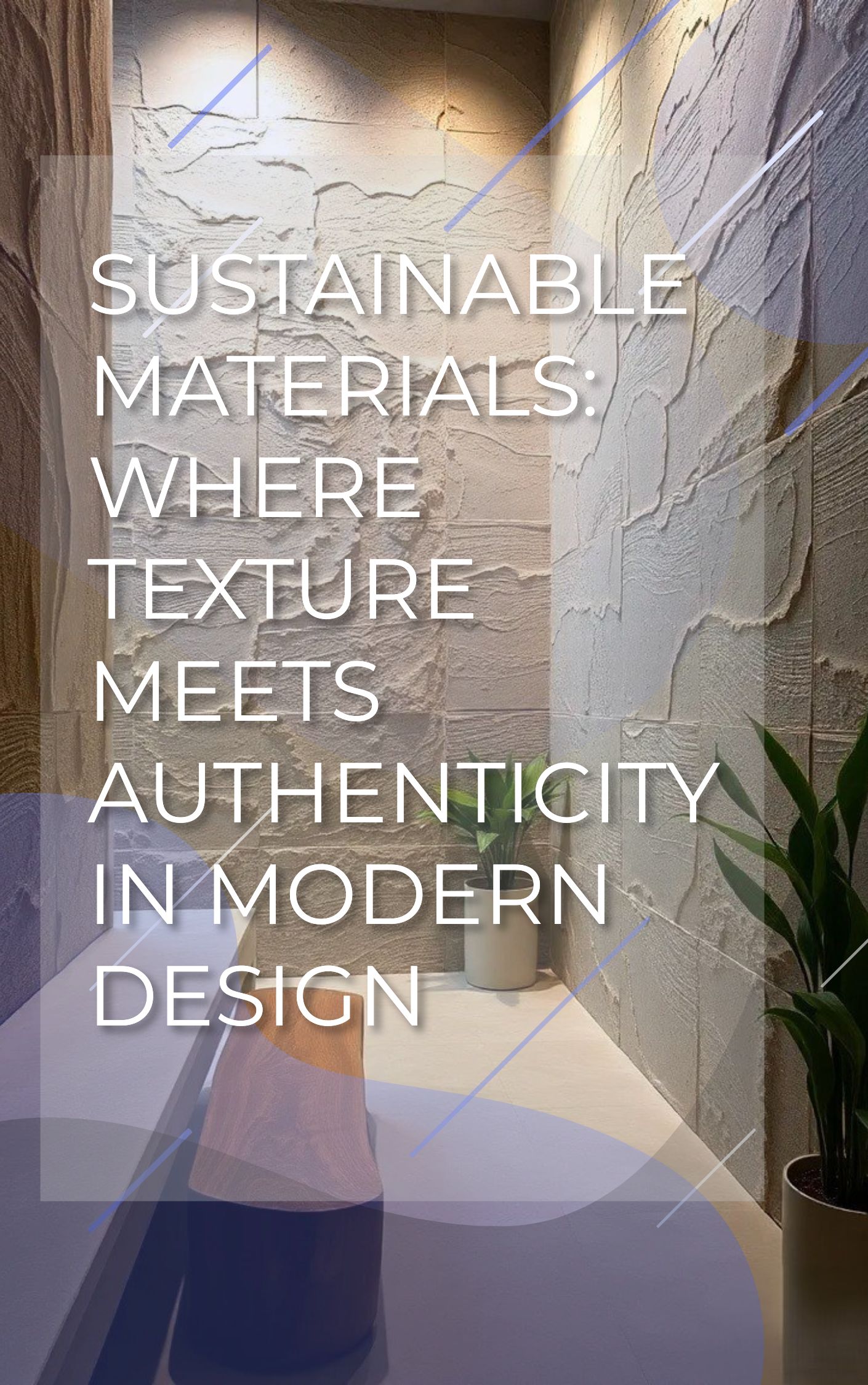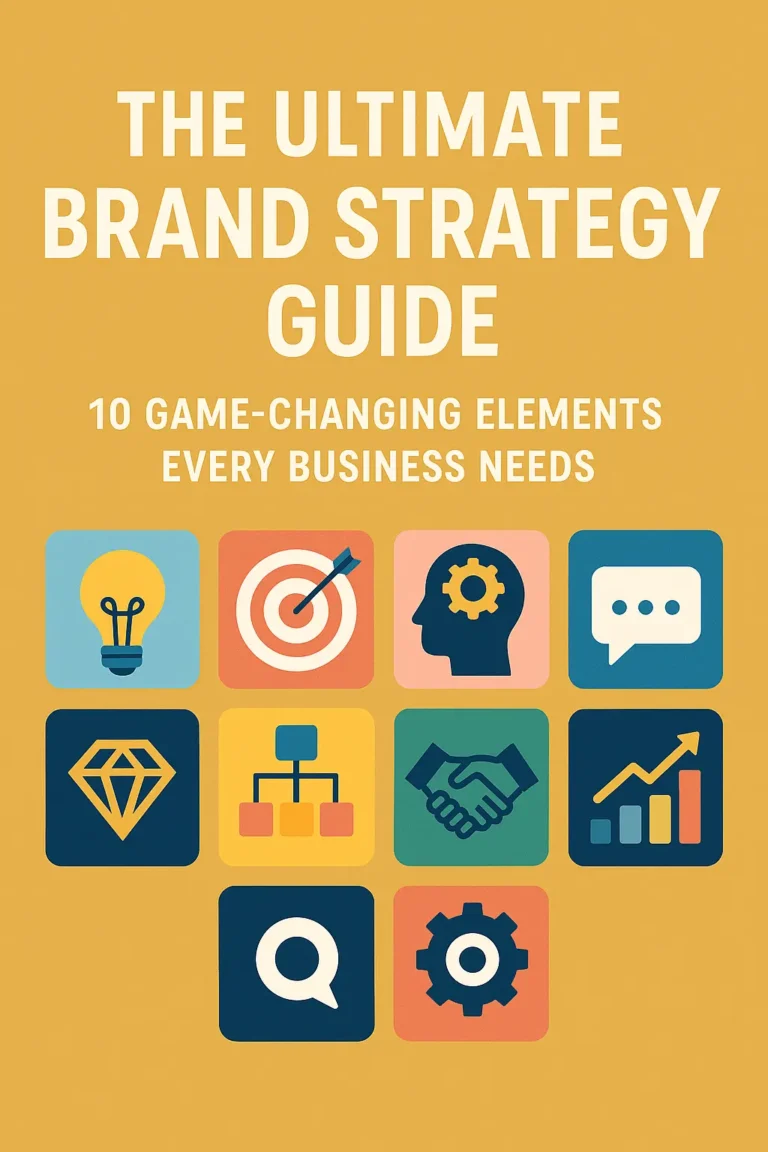
Picture this: you’re running your fingers across a beautifully crafted wooden table, feeling every grain and imperfection that tells the story of its journey from forest to furniture. That tactile connection? That’s the magic of authentic materials meeting sustainable design – and it’s revolutionizing how we think about our relationship with the objects around us.
I’ve spent years watching the design world evolve, and nothing excites me more than seeing sustainability and authenticity finally shake hands. We’re living in an era where consumers are hungry for genuine materials that don’t just look good – they feel good, both literally and ethically.
The marriage of texture and authenticity in sustainable materials isn’t just a trend; it’s a fundamental shift toward more meaningful design. When you choose materials that showcase their natural character while respecting the planet, you’re not just making a purchase – you’re making a statement.
1. The Power of Raw Cork: Nature’s Most Underestimated Texture
Let’s start with cork – the comeback kid of sustainable materials. I remember when cork was relegated to wine bottles and bulletin boards, but today’s designers are having a love affair with its incredible tactile surfaces.
Cork’s texture tells an authentic story. Those tiny pores and irregular patterns aren’t flaws – they’re fingerprints of nature. Each piece carries the memory of Mediterranean oak trees, creating surfaces that are simultaneously soft and sturdy.
Why Cork Works for Authentic Branding:
- Natural antimicrobial properties
- Self-healing surface that improves with age
- Carbon-negative material (cork forests absorb more CO2 than they produce)
- Distinctive tactile experience that’s impossible to fake

The IKEA SINNERLIG Cork Collection demonstrates how mainstream brands are embracing cork’s authentic appeal. Their placemats and bowls let you feel the material’s story every time you use them.
2. Reclaimed Wood: When Imperfection Becomes Perfection
Nothing beats the authentic content that reclaimed wood brings to any space. I’ve watched designers go from obsessing over pristine surfaces to celebrating nail holes, weathering marks, and color variations as badges of honor.
Reclaimed wood’s texture is biography written in grain. Those scratches from decades of use? That patina from years of sunlight? They’re not damage – they’re character. This is what realistic textures look like when they come with real stories.
Table: Reclaimed Wood vs. New Wood Characteristics
| Aspect | Reclaimed Wood | New Wood |
|---|---|---|
| Environmental Impact | Reduces waste, prevents deforestation | Requires tree harvesting |
| Texture Variety | Rich patina, varied grain patterns | Uniform appearance |
| Cost | Often higher due to processing | Standard market pricing |
| Authenticity Factor | High – carries historical narrative | Lower – lacks lived-in character |
| Durability | Often superior (old-growth wood) | Varies by species and treatment |
The key to working with reclaimed wood is embracing its imperfections. That’s where the magic happens – where sensory design meets sustainability.
3. Recycled Ocean Plastic: Giving Texture a Second Life
Here’s where things get really interesting. Artisanal techniques are transforming ocean waste into textured materials that would make any designer swoon. Companies like Patagonia are weaving recycled ocean plastic into fleece that feels incredible against your skin.
The texture of recycled plastic materials has come so far from those early, scratchy attempts. Modern recycled plastic fabrics can be buttery soft, incredibly durable, and carry the satisfaction of knowing you’re wearing rescued ocean waste.

What I love about the Patagonia Recycled Fleece Jacket is how it proves sustainable doesn’t mean sacrificing comfort. The texture is indistinguishable from virgin materials, but the story is infinitely better.
4. Hemp Fiber: The Renaissance of an Ancient Texture
Hemp is having its moment, and frankly, it’s about time. The texture of modern hemp fabrics bears little resemblance to the rough burlap of our grandparents’ era. Today’s hemp textiles are soft, breathable, and get better with every wash.
Hemp’s tactile surface design improves over time – unlike synthetic materials that degrade, hemp softens and becomes more comfortable. It’s like the material is designed to build a relationship with you.
Key Benefits of Hemp Texture:
- Naturally antimicrobial
- UV resistant
- Becomes softer with use
- Incredibly durable (some hemp fabrics last decades)
5. Mycelium Leather: Growing Authentic Alternatives
This is where sustainability gets sci-fi exciting. Mycelium leather – grown from mushroom roots – offers textures that rival traditional leather while being completely biodegradable.
I’ve had the chance to touch mycelium leather samples, and the experience is remarkable. The material has a natural grain that feels organic yet refined. It’s authentic materials in the truest sense – literally grown, not manufactured.
[Insert image of mycelium leather showing natural grain patterns and flexible texture]
The beauty of mycelium leather lies in its authenticity. Unlike synthetic leather that tries to mimic the real thing, mycelium develops its own unique character. Each batch has subtle variations that make every piece one-of-a-kind.
6. Recycled Cotton: Softness with a Conscience
The Studio Cotton Recycled Paper Stationery collection showcases how recycled cotton brings unexpected texture to everyday items. Cotton’s natural fibers create papers that feel substantial and luxurious while being completely sustainable.
Recycled cotton maintains the original fiber’s softness while reducing environmental impact. The texture tells two stories – the comfort of natural cotton and the responsibility of giving materials a second life.
7. Bamboo Composites: Strength Meets Sustainability
Bamboo’s texture evolution has been fascinating to watch. Early bamboo products often felt cheap or overly processed, but modern bamboo composites maintain the material’s natural character while enhancing its performance.
The grain patterns in bamboo tell the story of incredibly fast growth – some species grow up to three feet in 24 hours. That energy is captured in the material’s realistic textures, creating surfaces that feel alive and dynamic.
Why Bamboo Composite Textures Work:
- Natural antibacterial properties
- Incredible strength-to-weight ratio
- Unique grain patterns that can’t be replicated
- Rapid renewability (harvest doesn’t kill the plant)
8. Recycled Glass: Transparency with Texture
Recycled glass brings unexpected texture opportunities to sustainable design. Unlike pristine new glass, recycled glass often contains subtle variations and inclusions that create interesting visual and tactile experiences.
I’ve seen designers embrace these « imperfections » as features, using recycled glass in applications where the texture variations add visual interest and authentic character.

9. Natural Wool Felt: Comfort Meets Conservation
The Patagonia Recycled Wool Blanket demonstrates how traditional materials can be reimagined sustainably. Wool felt’s texture is inherently comforting – soft yet structured, warm yet breathable.
Recycled wool felt maintains all the tactile benefits of virgin wool while preventing waste. The texture often becomes richer and more complex as different wool sources blend together.
10. Stone Paper: Ancient Materials, Modern Applications
Stone paper combines crushed stone with recycled plastic to create writing surfaces with unique texture properties. The material feels substantial and smooth, with a subtle grittiness that provides excellent writing experience.
What makes stone paper’s texture special is its longevity. Unlike wood-based papers that yellow and degrade, stone paper maintains its texture and appearance over time.
11. Seaweed-Based Materials: Ocean Textures for Land Applications
Seaweed textiles are emerging as fascinating sustainable alternatives with textures ranging from silk-like smoothness to canvas-like durability. The materials often retain subtle oceanic characteristics that make them immediately distinctive.
These materials represent the cutting edge of authentic branding – they don’t just talk about ocean conservation, they embody it through their very texture and origin.
12. Upcycled Leather: Giving Texture New Life
Rather than creating new leather, upcycled leather processes give existing leather waste new purposes. The resulting textures often combine different leather types and treatments, creating unique surface characteristics.
Upcycled leather maintains leather’s beloved tactile qualities while addressing sustainability concerns. Each piece tells a story of transformation and resourcefulness.
The Psychology Behind Texture and Authenticity
Here’s what I find fascinating: our hands can detect texture differences that our eyes might miss. That’s why tactile surfaces are so crucial for authentic experiences. When someone touches a genuinely sustainable material, they can often feel its authenticity at a cellular level.
This connection between touch and trust is why brands investing in authentic sustainable materials often see stronger customer loyalty. The tactile experience creates an emotional bond that goes beyond visual appeal.
Building Trust Through Material Authenticity
Authentic branding isn’t just about messaging – it’s about substance. When your materials tell a genuine sustainability story, customers can literally feel your commitment to environmental responsibility.
The most successful sustainable brands understand that user-generated content often focuses on texture experiences. Customers love sharing how materials feel, not just how they look. This creates authentic marketing that money can’t buy.
Current Trends in Sustainable Texture Design
The design world is moving toward what I call « honest textures » – surfaces that celebrate their origins rather than hiding them. This trend spans everything from interior design to product packaging.
Modern Trends Include:
- Embracing visible recycled content
- Highlighting natural variations as features
- Using texture to tell sustainability stories
- Creating tactile experiences that build emotional connections

Implementing Authentic Textures in Your Projects
Whether you’re a designer, brand manager, or sustainability advocate, incorporating authentic textures requires thoughtful consideration. Start by understanding your material’s story – where it came from, how it was processed, and what makes it unique.
The Adobe Stock Authentic Texture Photos collection can help you visualize how different materials might work in your projects before committing to physical samples.
Key Implementation Strategies:
- Let materials show their natural character
- Combine textures that tell complementary stories
- Consider how textures will age and evolve
- Think about the full sensory experience
The Future of Sustainable Texture
We’re entering an era where sustainability and luxury are no longer mutually exclusive. The most exciting sustainable materials I’m seeing combine environmental responsibility with exceptional tactile experiences.
Innovations in bio-materials, advanced recycling processes, and circular design principles are creating textures we couldn’t have imagined a decade ago. The future of sustainable materials isn’t about compromise – it’s about evolution.
Making Authentic Choices
Every texture choice is a vote for the kind of world we want to live in. When you choose materials that are both sustainable and authentically textured, you’re supporting innovation, craftsmanship, and environmental responsibility simultaneously.
The beauty of sustainable materials with authentic textures is that they improve over time. Unlike synthetic alternatives that degrade, these materials develop character, creating deeper connections between users and objects.
Your Sustainable Texture Journey Starts Now
Sustainable materials aren’t just about environmental impact – they’re about creating more meaningful relationships with the objects in our lives. When texture meets authenticity in sustainable design, magic happens.
The next time you’re making material choices, remember that sustainability and beauty aren’t opposing forces – they’re complementary elements that create experiences worth cherishing.
Ready to start your own texture-meets-authenticity journey? Begin by touching, feeling, and experiencing sustainable materials firsthand. Your fingertips will guide you toward choices that are both environmentally responsible and irresistibly tactile.
What sustainable material texture has surprised you the most? Share your experiences and help build a community of conscious texture enthusiasts who understand that feeling good and doing good go hand in hand.


